Every pilot knows the truth: airplanes live and die by reliability.
I’ve flown across oceans in heavy jets, through unpredictable weather systems, and into congested airspaces where every detail matters. In those environments, you don’t want “flashy” — you want “dependable.”
That’s the same standard I bring to flight simulation. Microsoft Flight Simulator 2020 has been my trusty workhorse for years, the “Boeing 737 Classic” of sims — not as shiny as the new jets, but steady and familiar.
When Microsoft Flight Simulator 2024 launched in late 2024, it promised to be the future: breathtaking visuals, career missions, advanced weather, smaller install size, and full add-on compatibility. A dream come true, right?
But dreams don’t always survive takeoff. 2024’s launch was rocky, filled with performance issues and server hiccups. Many pilots like me decided to keep MSFS 2020 installed while cautiously exploring 2024.
Now, with Sim Update 3 (SU3) released in August 2025, it’s time to ask: Has 2024 matured enough to finally uninstall MSFS 2020? Or should 2020 remain in your virtual hangar?
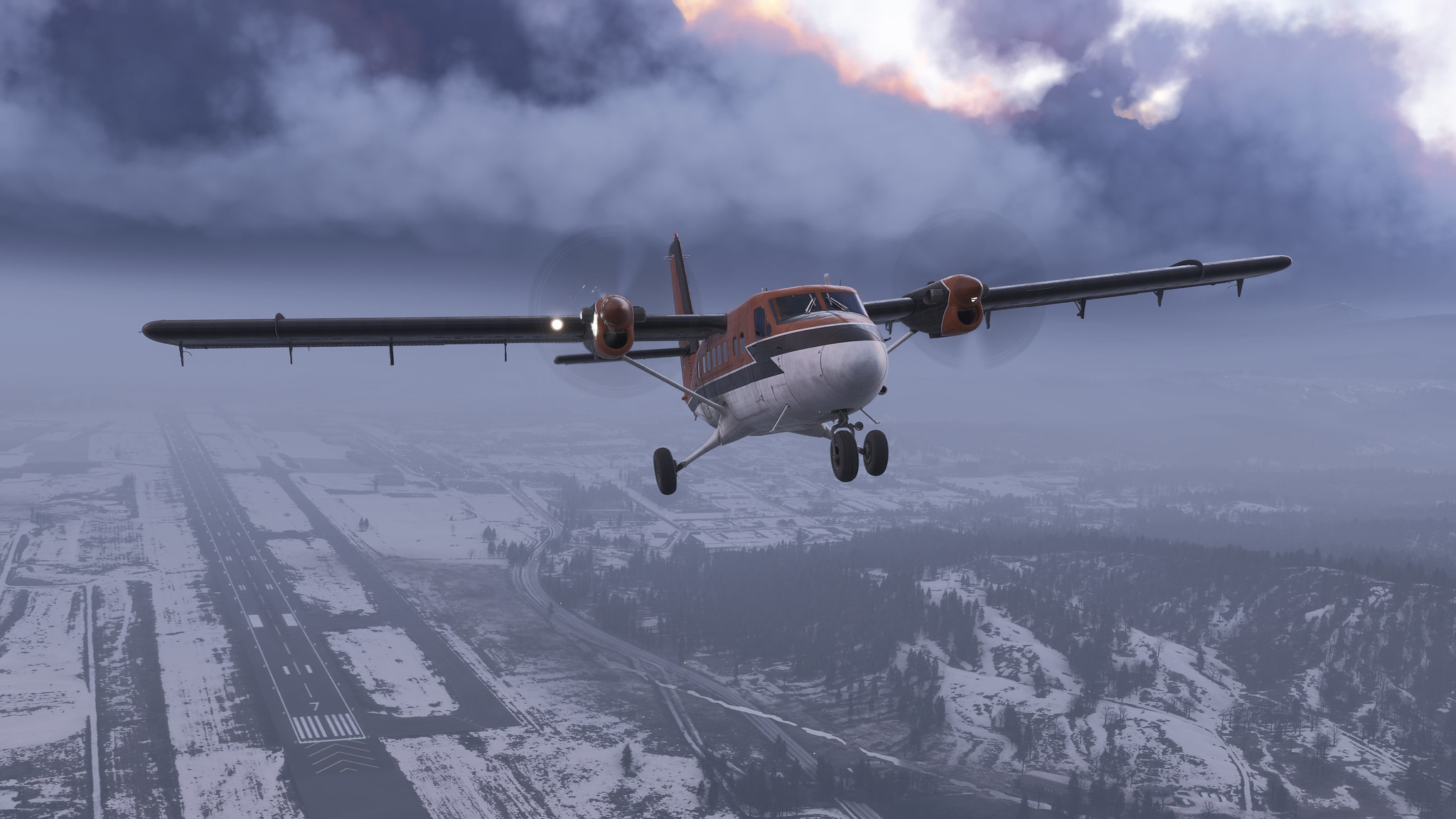
MSFS 2024’s Launch — Ambition Meets Reality
When Microsoft revealed 2024, expectations soared. The marketing checklist was impressive:
- Hyper-detailed photogrammetry of cities.
- New mission modes — aerial firefighting, air ambulance, VIP charter, and more.
- An “ecosystem simulation” where trees, water, and wildlife felt alive.
- Smaller local footprint (~50 GB vs hundreds for 2020).
- Backward compatibility with almost all MSFS 2020 add-ons.
But on release day, the cracks showed.
- Server overloads meant pilots couldn’t log in.
- Streaming hiccups caused blurry terrain or missing airports.
- Performance drops left even high-end PCs stuttering.
- Steam reviews plunged into “Overwhelmingly Negative.”
As a real pilot, it felt like being asked to fly a brand-new aircraft model straight out of the factory — beautiful, but not fully certified. Sure, it could fly. But would I stake my passengers’ safety on it? Not yet.
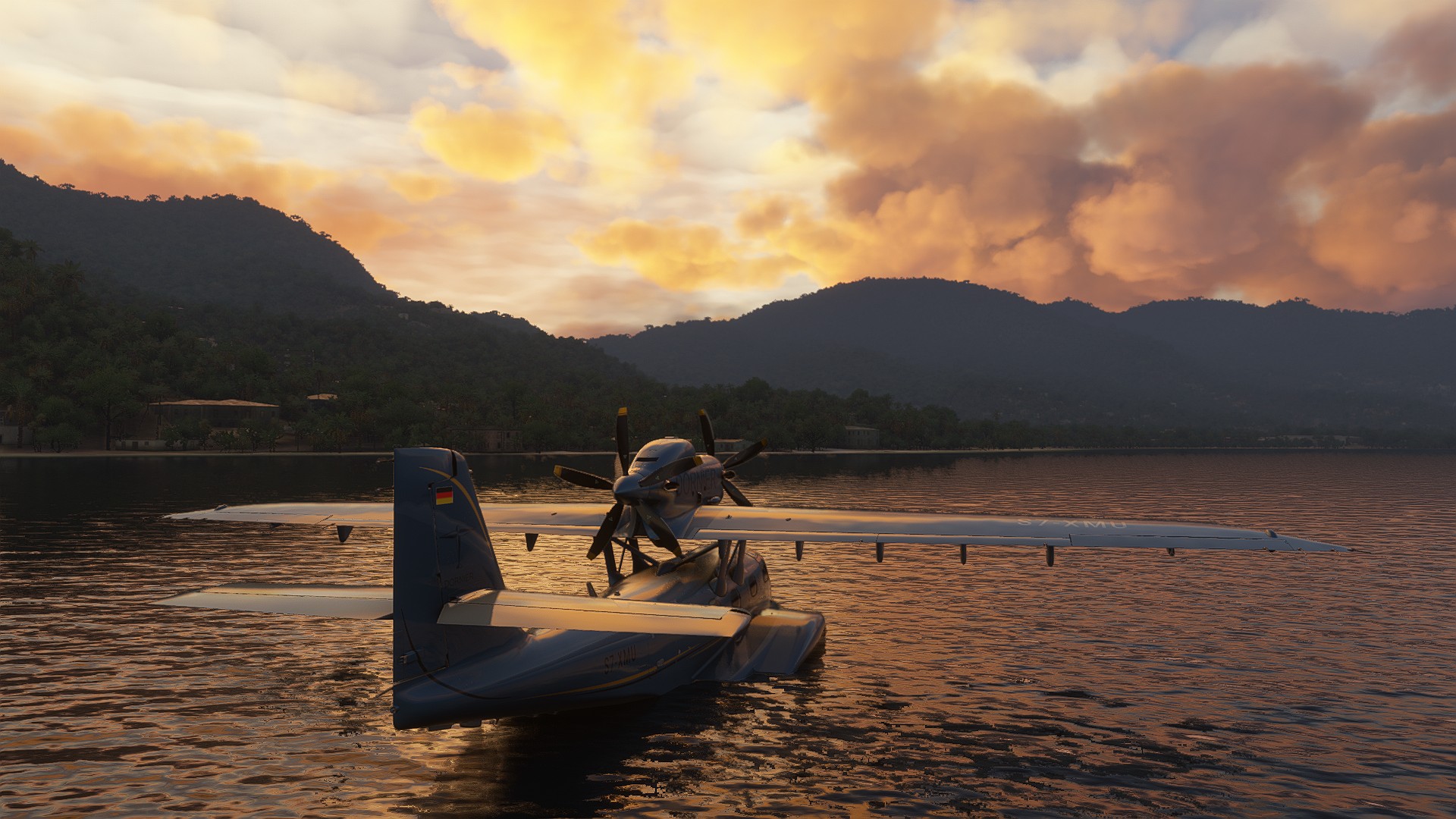
Sim Update 3 — A Much-Needed Overhaul
Fast forward to August 2025. Sim Update 3 arrived with a promise: smoother performance, more stable avionics, and fixes for long-standing frustrations.
What Got Better
- Flight Systems & Avionics
- STARs and SIDs integrate more reliably.
- GPWS now offers predictive alerts (a big plus for low-visibility flying).
- Autopilot and flight model tuning feel closer to reality.
- ATC
- Phraseology is more realistic.
- IFR clearances and handoffs flow better.
- STAR assignments make sense instead of being random.
- Visual Immersion
- Lighting feels more dynamic, especially at sunrise and sunset.
- The “ecosystem” — trees swaying, rivers shimmering — brings life to the world.
- Missions like firefighting or VIP transport add variety.
- Performance (on paper)
- Faster loading.
- Level of Detail (LOD) transitions are smoother.
- VR stutters reduced compared to launch.
What Still Holds It Back
- Stutters & FPS Drops
- Especially in dense photogrammetry areas or complex airports.
- Frame pacing issues remain, even with SU3.
- Streaming Problems
- Terrain occasionally loads late, showing blurry patches until servers catch up.
- Autogen sometimes pops in distractingly.
- Long-Haul Instability
- After 5+ hours, performance can degrade. Memory usage creeps up, creating jitters.
- VR Inconsistency
- Better than launch, but 2020 still feels smoother for long VR sessions.
- Traffic & Multiplayer
- AI traffic rubber-bands or disappears.
- ATC, while improved, still mishandles crowded airspace.
In real pilot terms, SU3 felt like upgrading avionics in a reliable aircraft. It helps a lot — but quirks remain that would make me hesitate before trusting it in every scenario.
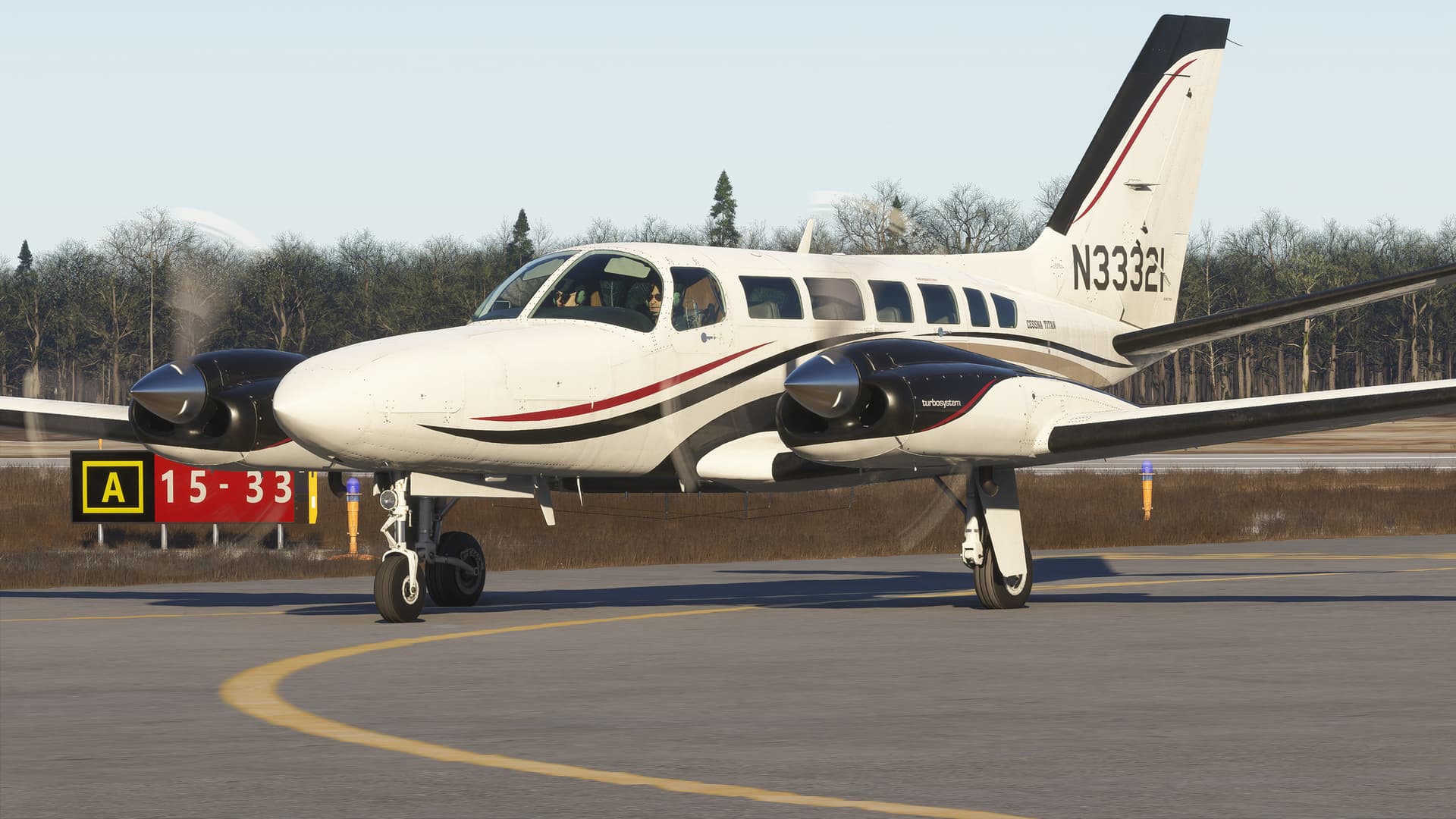
2020 vs 2024 in Real Flying Scenarios
IFR Airline Ops (Boston to Chicago)
- 2024: Flight plans behave well, STARs assigned properly, ATC keeps pace. But as I approached O’Hare, FPS drops hit with photogrammetry streaming in. The immersion broke.
- 2020: Older visuals, less dynamic atmosphere — but rock solid from takeoff to touchdown.
Winner: 2020 (for reliability).
VFR Bush Flying (Sedona in a Cub)
- 2024: Stunning. Trees sway, light dances on the red rocks, rivers reflect realistically. It feels alive.
- 2020: Respectable, but flatter. The world feels less dynamic.
Winner: 2024 (immersion unmatched).
Long-Haul International (New York to London)
- 2024: Strong start, smooth cruise. But after six hours, performance degraded, stutters appeared, and streaming lagged. Anxious final hour.
- 2020: Predictable and smooth the whole way.
Winner: 2020 (stability rules long-hauls).
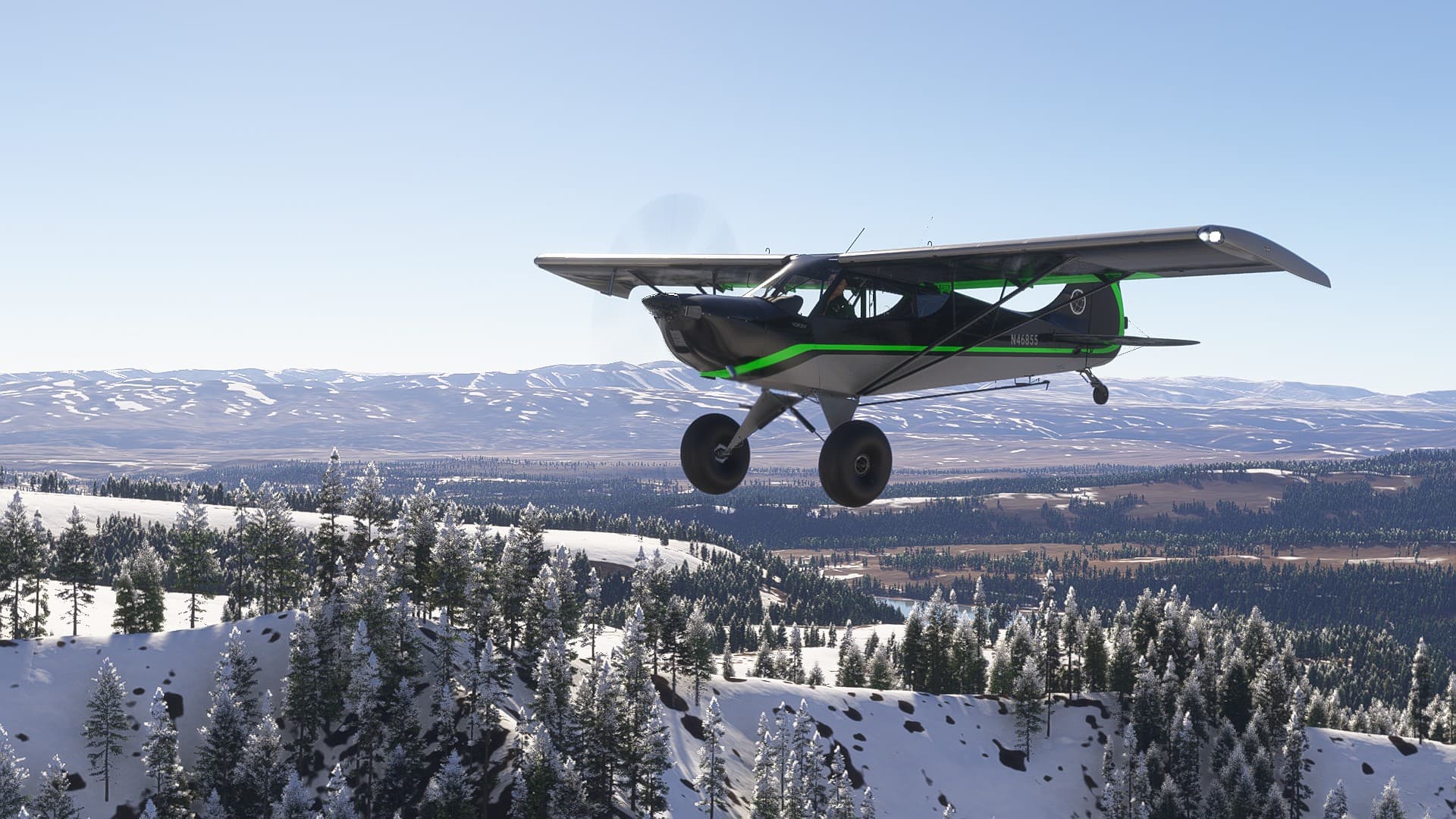
The Add-On Ecosystem — A Simulator’s Lifeblood
The truth is: no one flies just the stock simulator. It’s the add-ons that make it a living world — PMDG, Fenix, Navigraph, GSX, AI traffic, VATSIM.
- 2024’s Compatibility: Microsoft delivered on their promise. Most MSFS 2020 Marketplace add-ons run in 2024. But performance sometimes suffers more than it does in 2020.
- 2020’s Ecosystem: Mature, stable, and deeply optimized after years of patches.
So while 2024 might be the future, 2020 is still the king of stability when running add-ons.
Making MSFS 2020 Visually Competitive Before Moving On
If you’re not ready to uninstall MSFS 2020 yet, the good news is: you can make it look far closer to 2024 with just a couple of smart add-ons.
Rex Atmos (by REX Simulations)
- This add-on overhauls the sky, lighting, and atmospheric rendering.
- Instead of flat or repetitive skies, Rex Atmos creates dynamic, vibrant atmospheres — richer colors at sunrise, realistic haze layers, and deeper contrasts at twilight.
- From a real pilot’s perspective, the “feel” of the atmosphere is closer to what I see when cruising above 30,000 feet or descending into humid evening air.
MSFS Global Trees HD
- Default MSFS 2020 trees look repetitive and artificial up close.
- Global Trees HD replaces them with high-resolution, region-specific tree models.
- The result? Flying VFR low and slow feels much more natural. Forests in Canada look different from jungles in Brazil — as they should.
With just these two add-ons, MSFS 2020’s visuals jump forward significantly. While 2024 still has the edge in dynamic ecosystems, a tuned-up 2020 can look shockingly competitive — while keeping its stability advantage.
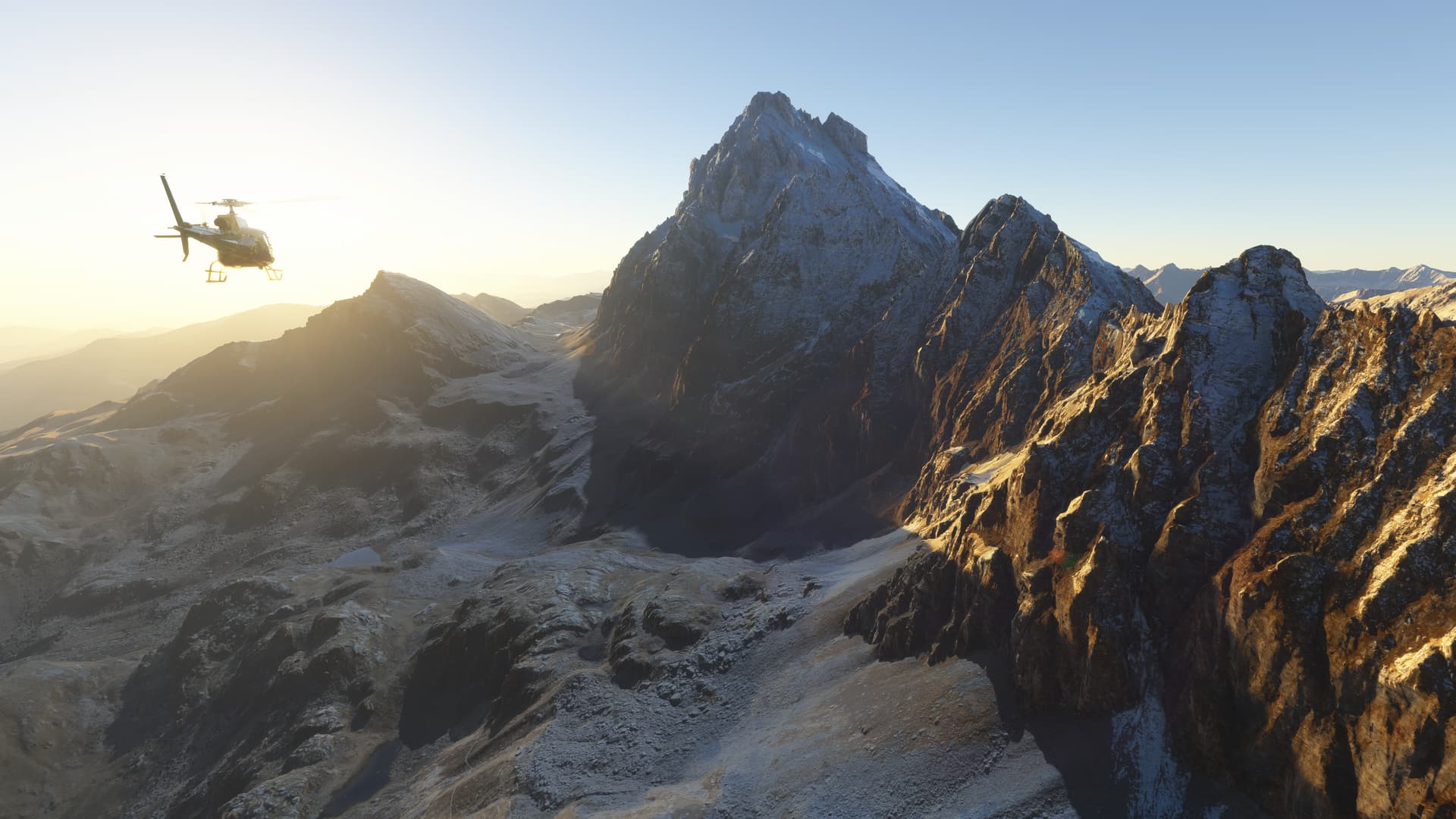
Should You Uninstall MSFS 2020 Now?
Reasons to Make the Jump
- 2024 is the future — all new features and missions will center on it.
- Visual immersion is unmatched, especially low and slow.
- Avionics and ATC are more realistic than in 2020.
- Smaller storage footprint thanks to streaming.
Reasons to Keep 2020 Installed
- Stability: smoother long-hauls, more reliable VR, fewer stutters.
- Add-ons run more consistently and predictably.
- With Rex Atmos and Global Trees HD, visuals can be surprisingly close to 2024.
- A dependable backup if 2024 servers hiccup.
Pilot’s Verdict — Redundancy is Safety
As a real pilot, I live by redundancy. Two radios. Two engines. Backup batteries. You never rely on just one system.
That’s why my verdict is simple: don’t uninstall MSFS 2020 yet.
- MSFS 2024 with SU3: The future of flight simming, visually unmatched, more realistic systems. But still struggling with performance turbulence.
- MSFS 2020 (with Rex Atmos & Global Trees HD): Stable, reliable, visually enhanced, and still fully capable of breathtaking flights.
Why choose? Keep both. Fly 2024 when you want to be blown away by innovation. Fly 2020 when you want confidence that a 6-hour flight won’t end with a crash-to-desktop.

Closing Thoughts
MSFS 2024 is the shiny new jet on the tarmac — ambitious, dazzling, and full of potential. MSFS 2020 is the seasoned workhorse — less glamorous, but dependable and safe.
With Sim Update 3, 2024 is much closer to replacing 2020. But performance issues and streaming hiccups mean it hasn’t fully proven itself. Until it does, MSFS 2020 deserves a place in your hangar — especially when paired with Rex Atmos and MSFS Global Trees HD.
Because in aviation, as in simming, the rule never changes: reliability beats novelty, every time.

Leave a Reply
You must be logged in to post a comment.